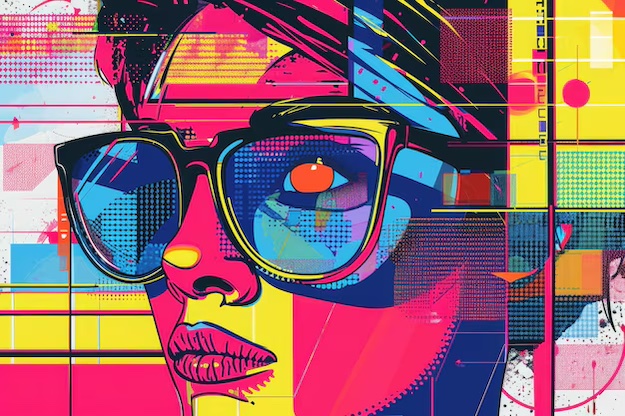Illustration Techniques: Bringing Your Ideas to Life
Illustration is a powerful visual communication tool that transforms ideas, concepts, and narratives into compelling visuals. Whether used in editorial publications, advertising, digital media, or branding, illustrations have the ability to convey complex messages, evoke emotions, and captivate audiences. This comprehensive article explores various illustration techniques, from traditional to digital methods, offering insights, tips, and practical advice to help artists and designers bring their ideas to life effectively.
Importance of Illustration in Visual Communication
Illustration plays a pivotal role in visual storytelling and communication:
- Visual Appeal: Illustrations add aesthetic appeal and uniqueness to content, capturing attention and engaging viewers.
- Emotional Impact: Visual elements evoke emotions and enhance storytelling, making content more relatable and memorable.
- Clarity and Understanding: Complex ideas or abstract concepts can be simplified and clarified through visual representation, aiding comprehension.
Types of Illustration Techniques
Illustration encompasses a wide range of styles and techniques, each with its own artistic approach and application:
1. Traditional Illustration Techniques:
- Pen and Ink: Using pens and ink to create intricate lines, textures, and shading.
- Watercolor: Using water-based paints to achieve transparent and vibrant colors, often used for its expressive and organic qualities.
- Acrylic or Oil Painting: Traditional painting techniques that offer rich textures, depth, and vibrant colors suitable for detailed and expressive illustrations.
2. Digital Illustration Techniques:
- Vector Illustration: Creating scalable graphics using mathematical equations to define shapes, lines, and colors, ideal for logos, icons, and illustrations requiring precision.
- Raster Illustration: Using software like Adobe Photoshop to create detailed and textured illustrations using pixels, offering flexibility in creating realistic or stylized artwork.
- Mixed Media: Combining traditional and digital techniques to achieve unique textures, effects, and styles, blending the tactile qualities of traditional media with the versatility of digital tools.
Practical Tips for Effective Illustration
Mastering illustration techniques requires practice, experimentation, and attention to detail. Consider these tips to enhance your illustration skills:
1. Understand Composition and Layout:
- Plan the arrangement of elements within your composition to create balance, focal points, and visual flow.
- Consider the rule of thirds, negative space, and perspective to create dynamic and visually appealing illustrations.
2. Experiment with Color and Contrast:
- Explore color theory to evoke emotions and set the mood of your illustration.
- Use contrast to emphasize focal points and create depth, balancing light and dark tones for visual impact.
3. Pay Attention to Detail:
- Focus on fine details such as textures, shadows, and highlights to add realism and depth to your illustrations.
- Use different brush strokes, line weights, and blending techniques to create varied textures and visual interest.
4. Develop Your Style:
- Experiment with different styles, techniques, and mediums to find your unique artistic voice.
- Consistency in style helps build a recognizable portfolio and strengthens your brand as an illustrator.
Application of Illustration in Various Industries
Illustration finds application across diverse industries, including:
- Editorial Illustration: Illustrating articles, stories, and editorial content for magazines, newspapers, and online publications.
- Advertising and Marketing: Creating illustrations for advertisements, posters, social media campaigns, and branding materials to convey messages and promote products/services.
- Children's Books and Publishing: Illustrating characters, scenes, and narratives for children's books, educational materials, and storytelling platforms.
Embracing Creativity and Innovation
Innovation in illustration involves pushing boundaries, experimenting with new techniques, and embracing digital tools and technologies. Stay updated with industry trends, attend workshops, and collaborate with other artists to expand your creative horizons and stay inspired.
Illustration is a versatile and powerful medium that enriches visual communication through creativity, storytelling, and artistic expression. By mastering traditional and digital illustration techniques, understanding composition and color theory, and exploring diverse applications across industries, artists and designers can effectively bring their ideas to life and create impactful visuals that resonate with audiences. Whether you're a novice or seasoned illustrator, continuous learning, practice, and passion for creativity are essential in mastering illustration techniques and achieving artistic excellence.






































